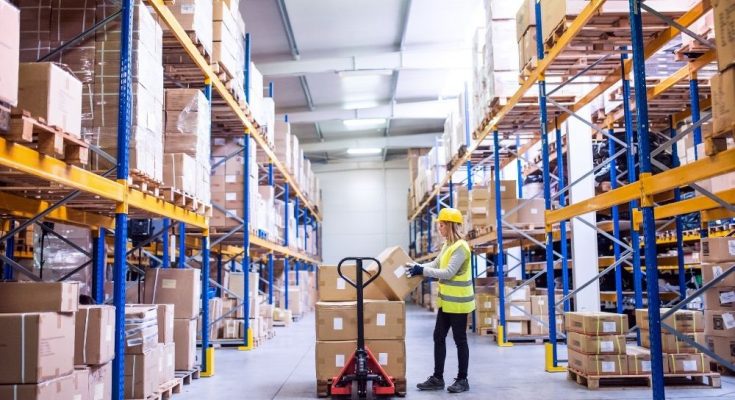There are how many warehouse injuries a year? Almost 400,000 a year, according to the Work Injury Source. For warehouse managers and warehouse workers, this number can seem daunting. But you shouldn’t worry too much.
Warehouse injuries are common, but you can avoid them with simple preventative measures. Here are some common ergonomic hazards in the warehouse and advice on how to make warehouses safer.
Repetitive Movements
Performing the same action again and again wears down your muscles. Think about it like this: how many push-ups can you do before your arms give out? The same concept applies to other movements.
Most warehouse workers spend their workday bending, reaching, and twisting. They may end up doing this hundreds of times a day without enough breaks to let the body rest. Repetitive motion injuries are extremely common in warehouses.
Warehouses can help prevent repetitive motion injuries by investing in tools and equipment that minimize the movements workers need to do. Ergonomic lift tables, pallet rotators, carts, hand trucks, and conveyors can all help workers take a load off.
Clutter
Warehouses are infamous for clutter. Machines, racks, and other equipment already take up a decent amount of floor space, and when you add in electrical cords, pallets, and the occasional accidental spill, the place becomes dangerous.
Clutter increases the likelihood of trips, slips, and falls in the warehouse. To prevent injuries, keep the floor and aisles clean. Improving overhead lighting can also decrease the likelihood of an accident by making potential hazards easier for workers to see and avoid.
Dangerous Equipment
Another common ergonomic hazard in the warehouse is the presence of dangerous equipment. Machines are a great boon to every warehouse. Automation improves production speed, accuracy, and more.
Though machines aren’t inherently dangerous, they can become dangerous when used improperly or when workers don’t maintain them. Cheap and poorly manufactured machines are also potential hazards. When it comes to automated guided vehicles such as the LGV, it’s important to purchase a machine that has 360-degree sensors and an automatic stop feature.
Luckily, warehouse managers can curb machine-related injuries by training employees on every new piece of machinery that comes through the doors and ensuring a regular maintenance routine is in place.
FAQ
Why do workers get injured in the warehouse?
Most warehouse workers spend their workday bending, reaching, and twisting. They may end up doing this hundreds of times a day without enough breaks to let the body rest. Repetitive motion injuries are extremely common in warehouses.



